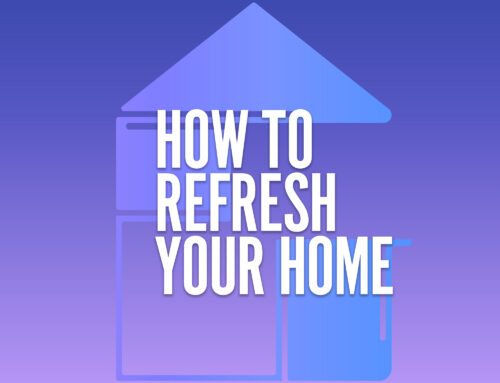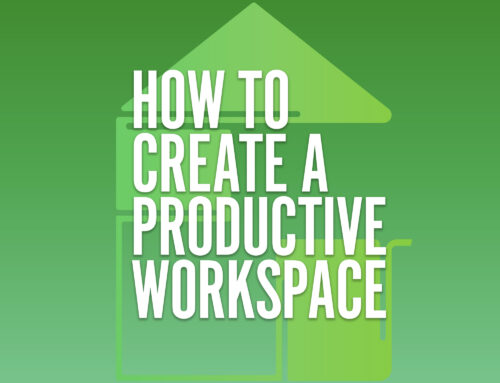Did you know that meditation can actually change the structure of the brain? According to researchers, it can enhance the part of your brain that governs learning and memory, and it can also promote emotional regulation and self-referential processing. That same study also found that regular meditation practice can decrease the number of cells in the part of the brain responsible for fear, anxiety and stress.
When I first started my own meditation practice, even with all the scientific evidence out there, I still had the misconception that would feel instantly calm after meditating. And when that wasn’t my experience, I felt like I’d failed or that it just didn’t work for me. But I was determined to prove myself wrong, so I stuck with it.
Slowly, over time, the benefits became clear: I had a greater sense of control over my emotions, a more even-keel temperament, more patience and an increased ability to concentrate. But this is not to say that you won’t feel an instant sense of calm! You might. Everyone will have their own unique experience.

Ready to attempt your own meditation practice at home? Here’s how to begin:
There are many approaches to meditation, but for our purposes, I’ve chosen the simplest and most straightforward. When starting off, try to do a five-minute practice two or three times a week. Slowly work your way up to longer times and more days as you feel ready.
- Get in a comfortable position, ideally with your back straight. You can use a cushion on the floor or a chair, and cross your legs or tuck them under you. If sitting up straight isn’t comfortable, you can lie down. Just find whatever feels best for your body.
- Set a timer (ideally a gentle-sounding one), for as long as you want to meditate.
- Close your eyes, or if that feels uncomfortable, just lower your gaze to a few feet in front of you. This will help you limit the effect of visual distractions and focus inward.
- Shift your attention to your breath, noticing the air as it enters and leaves your body. Optimal breathing is always done through the nose. After a few easy breaths, try this simple exercise: inhale slowly on the count of five and exhale slowly on the count of five, for 10 breaths. Try to keep your breathing as steady as possible.
- Notice your thoughts as they drift (or jump!) in and out, as they inevitably will. In meditation, the idea is not to follow them. Whatever the thought, whether positive, negative or neutral (“I must pick up the dry cleaning!”), acknowledge it, then allow it to pass; no judgment, no attachment. The best way to help you do this is by continually returning your attention to your breath.
- Come out of your meditation slowly, allowing your eyes to gently open and adjust to the light. Take a few easy breaths, and notice how you’re feeling. To help you reenergize, you may want to stretch or move your body in some way.
That’s it – it’s that simple!
To get the most out of your meditation practice, it’s helpful to remember that it is indeed a “practice.” There are no specific goals, there is no success or failure. There is only “doing” without expectation, without judgment.

Add some nurturing elements
Some people like to add a few special elements to turn their meditation practice into a nurturing ritual. While not necessary, these can further set this time of day apart as a sacred time.
For instance, you can light a candle, put on a lavender (or other fragrance) diffuser, begin the practice with a chime or singing bowl, play soft, peaceful music, and/or bow slightly with hands together in front of your heart to end the practice.
What I love most about meditating is knowing that I’m doing something to take care of myself. Something proven to work. Further, it sets a positive tone for the day, improving my ability to deal with stress and make mindful decisions.
If you think group meditation would be a better fit for you or a helpful addition to your personal practice, check out the Westchester Meditation Center in Bedford Hills.
*Editor’s Note: This article is intended for educational use only – it’s not a substitute for professional medical advice, diagnosis or treatment. Always seek the advice of your physician or other qualified health providers with any concerns you may have.

Elizabeth Kemler
Elizabeth Kemler is a seasoned curriculum designer, social entrepreneur, performer and mental health advocate. She has 25 years of experience supporting the development of clients’ communication skills, social-emotional competence, and mental health through dynamic programming, courses and wellness-based goods and services.
You can find Elizabeth's mental wellness courses here and visit her shop here.










